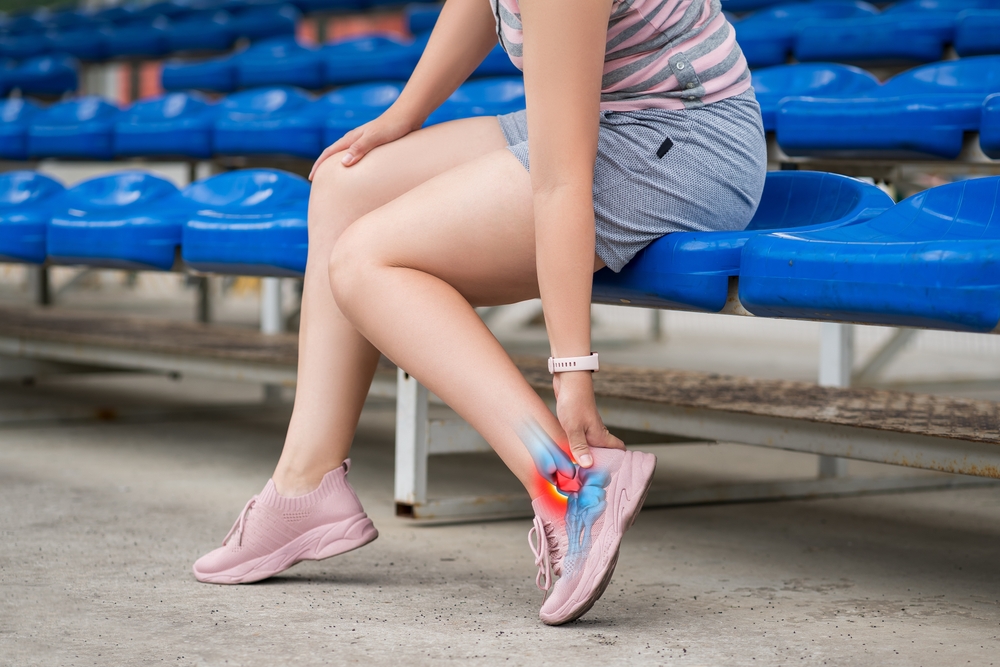Achilles Tendonitis
Achilles tendonitis
Achilles tendonitis: what is it?
The strength of the achilles tendon is remarkable. It joins the calf muscle to the heel bone of your foot and is located at the rear of your ankle. Overuse is the primary cause of inflammation in the achilles tendon, though there are other causes as well. The achilles tendon heals slowly because of its inadequate blood supply. Increased exercise, overuse, or excessive training, particularly on hard surfaces or up hills, can cause Achilles tendinitis.
What signs of achilles tendonitis are present?
Achilles tendon pain is typically experienced during physical activity. Prolonged exertion will gradually cause Achilles pain, which will subside with rest. Redness over the skin and swelling over the achilles tendon are typical. When you move the foot and press your fingers into the tendon, you may occasionally feel a lumpiness or creaking.
Which factors can lead to achilles tendonitis?
An overuse injury, Achilles tendonitis is frequently the result of “too much, too soon.” The achilles tendon must stretch more than usual with each stride when running uphill. The tendon will tire sooner than usual, but there won’t be any issues at first. The achilles tendon may be put under more stress if the foot is flat (also known as “pronated”). The lower leg rotates inwards as the foot flattens and rolls in (pronates), twisting and stretching the achilles tendon.
If I have achilles tendonitis, what should I do?
To discuss the reason of your achilles tendonitis and the treatment plan that has been developed, you should schedule an evaluation with a podiatrist. Both your jogging routine and your footwear may need to be adjusted.
If I have achilles tendonitis, what should I not do?
You should not “run through” suffering. It is best to avoid continuing the current, potentially damaging exercise regimen that is generating the symptoms as it is likely to cause more harm.
Could achilles tendonitis have any lasting effects?
The tendon snapping is the worst-case scenario. Another name for this is a total achilles tendon rupture. It can happen suddenly when you do rigorous exercise for the first time, or it can happen after you’ve had tendinitis for a long time. An achilles tendon that has fully ruptured needs immediate medical treatment.
Achilles tendinitis treatment in podiatry
Overstrain on the tendon can be lessened with the use of an orthotic (shoe insert) that lessens pronation, or the rolling inward of the foot and leg. The podiatrist can offer guidance on appropriate footwear for training.

